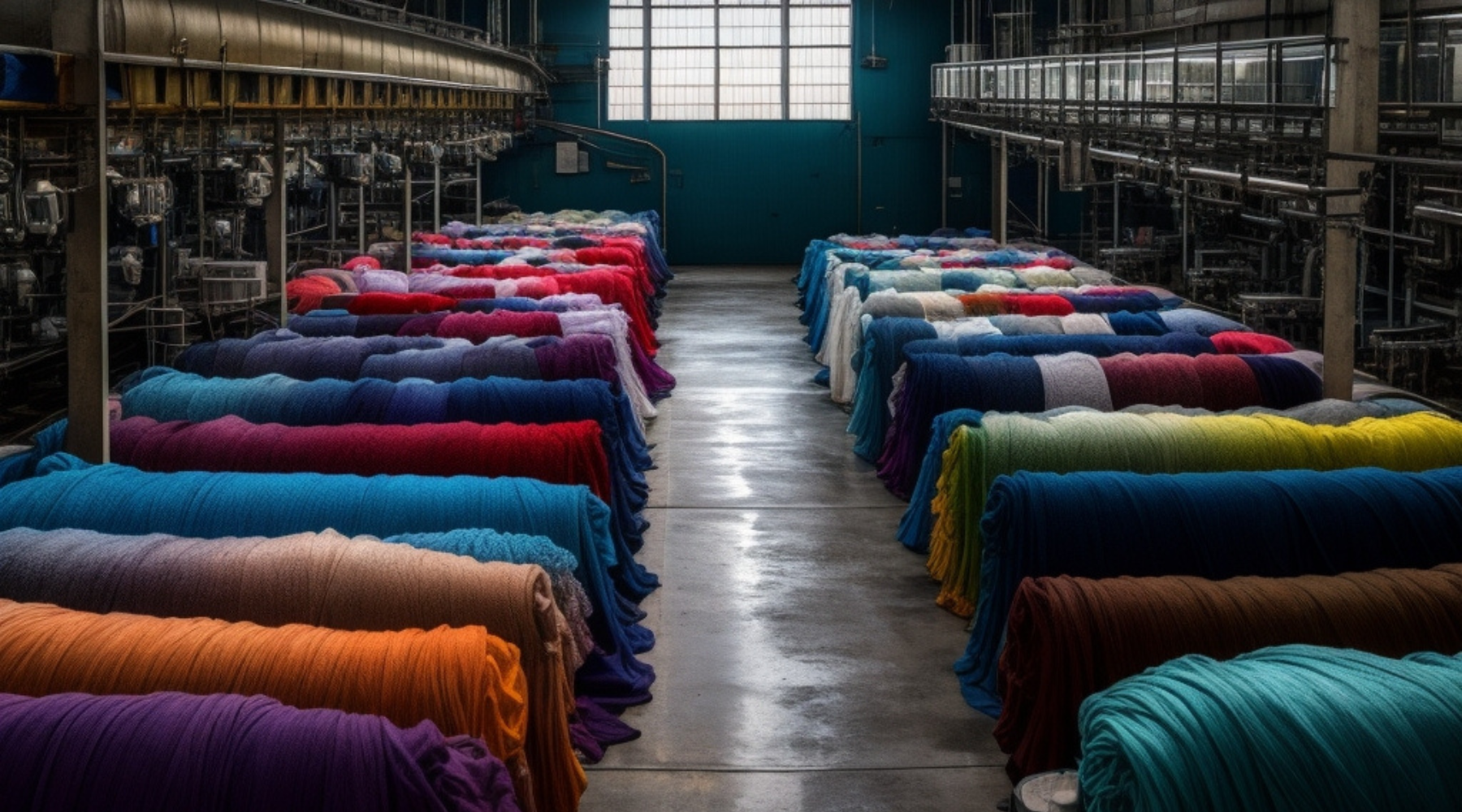The use of dyes in the fashion industry has a long history dating back thousands of years. However, the widespread use of synthetic chemicals has had a significant impact on the environment.
In this article, we will explore the brief history of garment dyeing, the development of dyeing techniques and the use of chemicals, as well as the environmental damage caused by dyes in the fashion industry. We will also look at some sustainable and natural dyeing techniques, with a special focus on the art of shibori.
The industrialization of dyes
The history of dyeing clothing dates back to the earliest times in human history. Early dyeing techniques involved the use of natural materials, such as plants, flowers, and minerals, to achieve vibrant colors on fabrics. Over the centuries, dyeing techniques have evolved to include the use of synthetic chemicals to achieve a wider range of colors and longer dye life.

With the advent of industrialization, the fashion industry has massively adopted the use of synthetic dyes based on chemicals such as azo dyes, formaldehyde, and chemical solvents. These chemicals have become an integral part of industrial dyeing processes due to their cost-effectiveness and color stability. However, the use and disposal of these chemicals have had serious consequences for the environment. The fashion industry is responsible for a huge amount of pollution caused by dyes . The chemicals used in synthetic dyes are often toxic to aquatic organisms and can cause irreparable damage to marine and river ecosystems. In addition, the intensive use of water in dyeing operations and the inappropriate disposal of chemical waste contribute to the degradation of water resources and soil contamination. These environmental damages are a direct consequence of the unsustainable production processes and the short-term approach of the fashion industry.
Shibori Art: A Sustainable Dyeing Technique
One way to mitigate the environmental impacts of dyes in the fashion industry is to embrace sustainable and natural dyeing techniques. One of the most well-known examples is the art of shibori , an ancient Japanese technique that involves manipulating fabric to create unique patterns through dyeing. Shibori uses primarily natural dyes and tying, folding, or stitching techniques to achieve distinct patterns on fabrics. This technique offers a sustainable alternative to synthetic dyes and promotes the use of natural materials and ingredients.

In addition to shibori, there are other sustainable and natural dyeing techniques that are gaining popularity in the fashion industry. Some examples include the use of plant dyes, obtained from plants and herbs, which offer a wide range of colors.
The sustainable breakthrough of organic dyes
Organic dyes have become an increasingly popular choice in the fashion industry due to their low environmental impact. These dyes use natural and organic ingredients, such as plant extracts and sustainably sourced dyes, instead of synthetic chemicals. Organic dyes offer numerous sustainability benefits, as they require less water and energy during the dyeing process and generate less pollution. Additionally, organic dyes are biodegradable, meaning that fabrics dyed with these substances can be safely composted or recycled, avoiding the problem of chemical waste disposal. The use of organic dyes in the fashion industry is an important step towards more sustainable and environmentally friendly production.
It is therefore important to remember that the use of dyes in the fashion industry has had a significant impact on the environment due to the use of synthetic chemicals and unsustainable processes. However, the adoption of sustainable and natural dyeing techniques, such as shibori and vegetable dyes, offers a more eco-friendly alternative. Promoting the use of these techniques can contribute to a more sustainable and environmentally friendly fashion industry.






Leave a comment